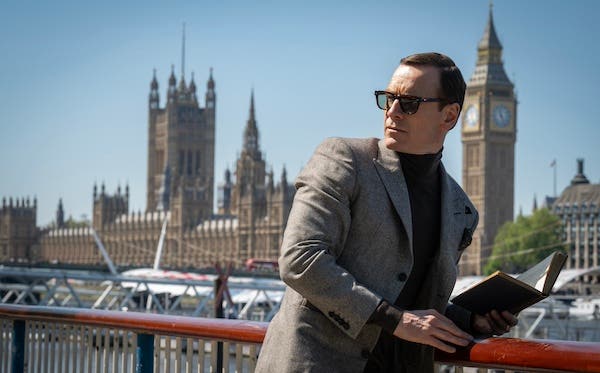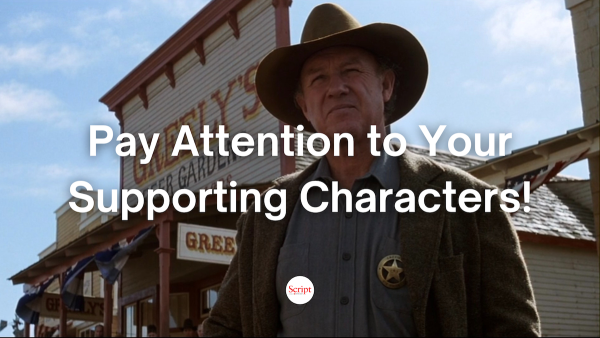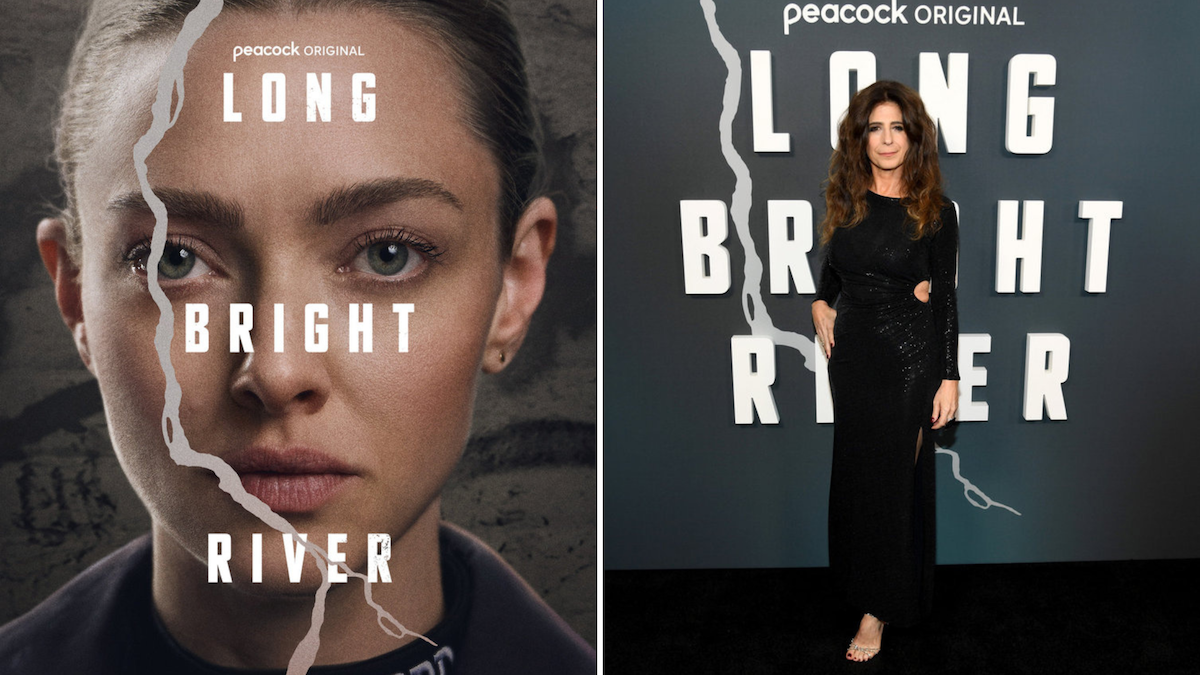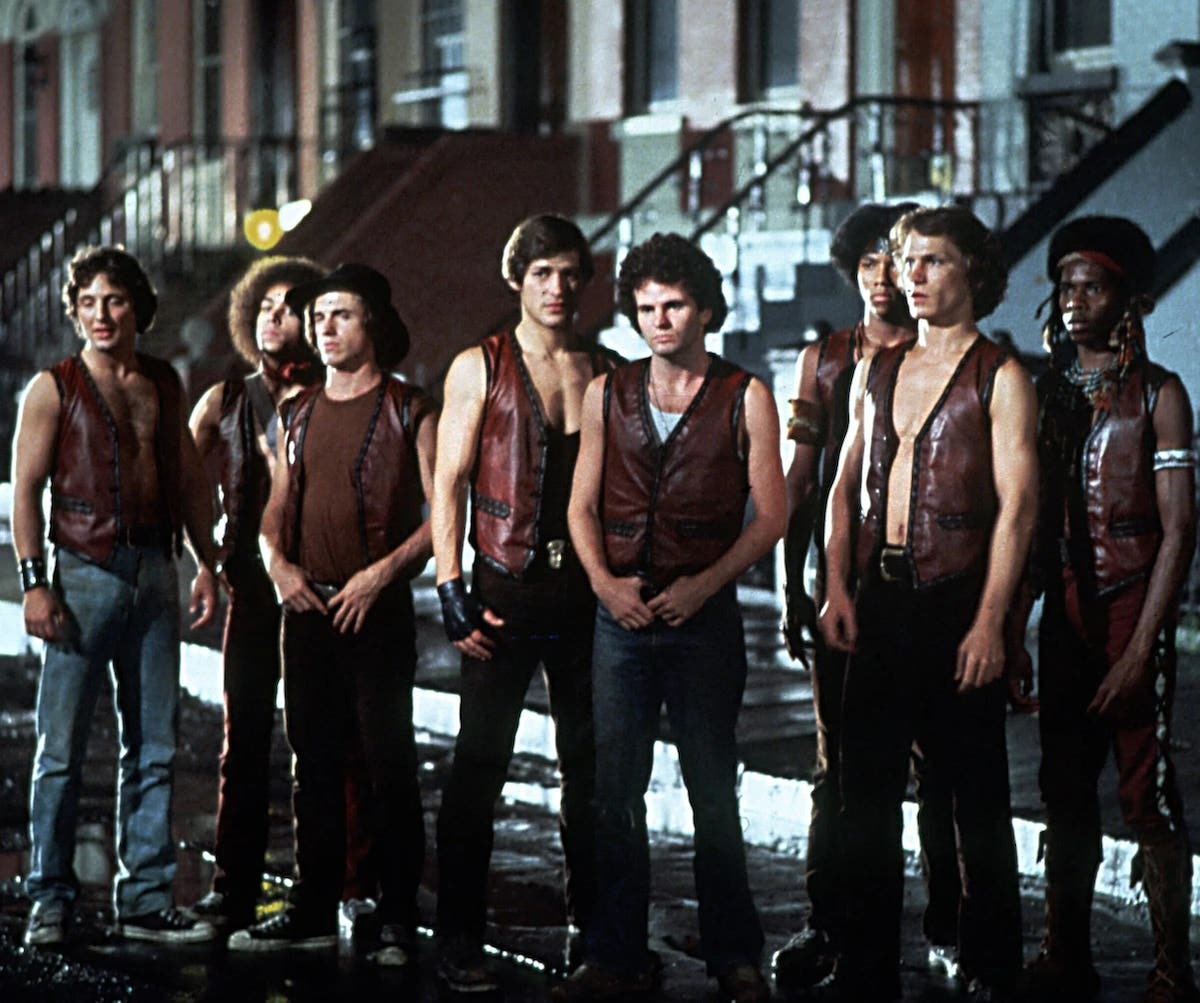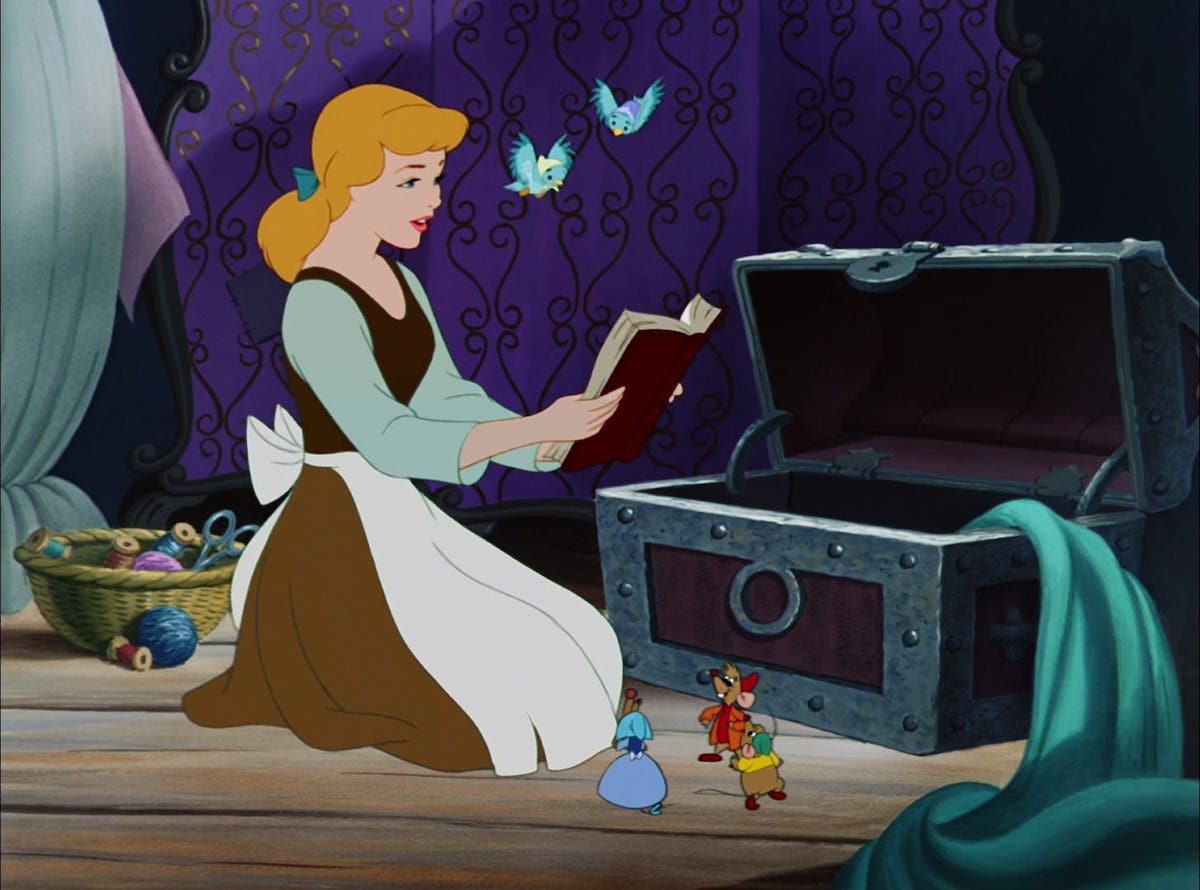WHY SPEC SCRIPTS FAIL: The Hero’s Journey
Stewart Farquhar explains how always writing the formulaic Hero’s Journey can limit a writer’s creativity. It’s important to step outside of the box and think with originality.
Stewart Farquhar holds Screenwriting and Advanced Screenwriting certificates from the Professional Program at The UCLA School of Theatre Film and Television. Stewart has analyzed over 6,500 scripts for private and studio clients. Follow Stewart on Twitter @stewartfarquhar.
The story model referred to as The Hero’s Journey (THJ), a twelve-step monomyth concept originally presented by Joseph Campbell in 1949 in his ground breaking book A Hero With A Thousand Faces, has been force fit into many story genres in recent years.
This travesty has expanded ever since a certain studio executive assumed that this new ‘standard format’ was the Holy Grail or best money-making formula for all story genres. He then proceeded to demand that each script presented for his studio’s funding follow this format. At that time the particular material to which THJ applied was a valid discovery and application of the model. However, just as it is with the ubiquitous or should I say as it is with the nefarious 3 act structure, this “discovery” has a limited scope.
In particular cases THJ is exactly the way certain stories evolve. However, on closer review it becomes obvious that THJ is only valid for two pure genres, Myth and Fantasy. Harry Potter, Avatar, Pan’s Labyrinth, Lord of the Rings, Excalibur, Hugo, The Wizard of Oz, The Lion King, The Hobbit and Big are some prominent examples.
Unfortunately, often this cookie-cutter approach leads to a superabundance of sequels, prequels and rehashes ad infinitum. They and their ilk expand like a cancer to starve the resources from many more creative endeavors that as a result never get past the incubation stage.
In Myth and Fantasy, the original novels or screenplays are where the hero / protagonist journeys out on an adventure and after a series of setbacks and false successes eventually returns a changed person with an elixir for the benefit of all humankind.
In some fantasies, as in all the Harry Potter and The Lord Of The Rings series and The Hunger Games trilogy, the books and films are a continuum rather than sequels. Others, Star Wars for example, may have started as a continuum, but digressed into a force fit expansion of the sequel / prequel cash cow, rehash story line. Still others Superman Batman, Fast and Furious, Iron Man or Transformers just embody the collective angst of many parts of the world and hence reflect the basest dregs of a violence driven society.
We, as the audience, are then force-fed a pre-sold, path predictable stream of recycled CGI (Upcoming Avatar and fill-in-the-blank super hero) or storyline (Fast and Furious ad nauseum, Transformers X and Rocky XX). A careful look at the progressive Rotten Tomatoes scores of some retreads demonstrates that the fan base has grown tired as well. I grant that in a recent select few instances, War for the Planet of the Apes, Wonder Woman and Spiderman: Homecoming, buck the retread demise. They are the exception.
There is one older film which, to some degree, could arguably reflect our current political landscape in the US, Dead Man's Shoes (1940 film). It has an 8.2 rating on IMDb. The odds are that today such a story could only find legs as an independent effort. If made in this 2017 political milieu it may still have to withstand some degree of “Twitter” bullying.
Some pundits contend that many elements of THJ are part of the action and drama genres. And arguably this structure is a valid partial template (NOT FORMULA) for a memoir. However, other than myth and fantasy, THJ is best reflected when adjusted in a genre mix. Unfortunately, I have seen where other genres, in particular Rom Coms, are force fit into THJ without any adjustment.
Realistically speaking, in successful romantic comedies, what usually occurs is the “The Supreme Ordeal”, “Return with the Elixir” and “The Happy Ever After Reward” are “severely modified” then rolled into the last scene or two of the story to claim THJ adherence.
Those who promulgate the erroneous advice to use The Hero’s Journey as is for ALL story genre, only contribute to the writer’s frustration and the genre’s detriment. Given enough creative evaluation you can massage almost any story or screenplay to fit THJ.
This rush to force fit each and every novel and screenplay into the same “Bundt pan,” creates the formulaic story line that the movie going audience recognizes if not consciously, most definitely on a subconscious level. This “one recipe fits all” approach leads to the decline in strong original story telling in favor of the sequel, prequel, and rehash or rewrite either in name or format. Great for the Beemer and Latte “suits” crowd, yet devastating for the collective psyche of the general public.
A disastrous side effect of this narrow focused approach to storytelling is the progressive dumbing down of the reading and viewing audience.
This brings us to the template that many first level literary agents and contest readers or film judges are either instructed to use or were force-fed in “film school” or guru seminar classes.
When these well-meaning gatekeeper minions mark an otherwise well-written story as a “pass”, they appear knowledgeable hence justified when they can cite the lack of a clearly delineated “Refusal of the Call,” first to second act transition or some other formulaic faux pas for their reason(s). They then move on to the next unfortunate writer oblivious to the fact that they have quite possibly stifled a unique scribe. (See my Aristotle series).
Think J.K Rowling, who fell prey to the standardized evaluation of her evolving mythical story line. She said; “We do not need magic to transform our world. We carry all of the power we need inside ourselves already.” Do as she did and find your way to release your magic to the world.
It is an unfortunate money-only malady, promulgated in the literary, contest and studio environment, which perpetuates the fallacy of the one formula always fits all. Be it the three act structure, the hero’s journey or the Flying Spaghetti Monster. No one formula, format or divine influence fits each story, journey or “spiritual need”. Of course, it takes tangible and intangible resources to create, write, develop, polish, distribute and promote a work. Lucky for today’s creative spirits financing and self-promotion have become a less restrictive endeavor.
Write what you want and ignore structure, formulae or critics.
Study classic novels in all genre or films from the start of “Talkies” for guidance in the art of story. Even the silent films are a prime source of a story as the few words they contain are on dialogue cards.
However, recognize that if you’re a virgin scribe the appreciation, use and perfection of formulae, structure and templates are of immense value as a part of your beginner’s tool kit. Today’s more sophisticated audiences have come to expect certain experiences to envelope your protagonist and they will feel cheated if you don’t satiate their desire.
Find subtle ways to invoke order into your story progression. What’s paramount is that everything in the story is a result of your hero’s action or inaction. It is not about what you as the writer want to tell us or what a course-de-jour says happens on page 5, 10, 25, 45, 60, 75 or 90 or any variant thereof. Or any other thinly veiled sales pitch by an author in search of an audience.
I acknowledge that, just as in “Old Time Radio” serials, and in the commercial television world, there are time constraints that require a formulaic twist / cliffhanger to entice the viewer back after each commercial break. Fortunately the small screen is evolving away from that model. To some degree it still exists in cheap novel chapter ends or even some newspaper and magazine articles by the use of “continued on page Y.”
However, don’t fall prey to a “This Way Is The Only Way” mantra.
From a scribe’s perspective, the only valid hero’s or heroine’s journey formula is his or her own. Not someone the likes of me or anyone else who tells you that this is the way, the truth, and the only way to write your story. Or, for that fact live your life.
If you choose to live in a crowded city it is a requirement you adhere to certain conventions. Even these conventions will evolve or morph over time. It’s much the same way for a writer. To break away from drudgery of sameness stay away from crowded concepts.
There are a myriad of ways to garner the audience’s attention. The Hero’s Journey is just one of them. Please, do not attempt to force-fit all your stories into this formulaic structure. Have faith that you are a better writer than that.
A food recipe is a formula. A master chef can take those same ingredients and craft a myriad of dishes by the change of quantity, combination, order, temperature, exclusion or inclusion. Do not remain a word-cook, become a word-chef. Learn all the recipes then make the dish your own.
I have read some stories that at first exhibit great potential yet the story flow is inadvertently destroyed by a writer who feels that s/he has to have something happen on page X, or the act or chapter can only be so long, or some other mundane drivel calculated to stifle creativity. Yes, as I mentioned, there are conventions. Modify the conventions to develop your unique path to creativity.
Here’s a question: Why be in an industry where over 99 percent of the aspiring practitioners do little more than line the pockets of self-serving pundits? A very few of these gurus have the writer’s best interest at heart. With few participant exceptions, what their “in person gatherings” amount to, is nothing more than a paid networking event with audition opportunities. It’s questionable whether even these exist with the current trend to webinars. Some self-study programs even offer specious “Certificates of Completion”. I only recommend those who show their deep concern for a scribe’s success. Although I lecture, present and work with industry referred clients, I do not have, books, classes or services to promote to the public at large.
Solution: Write for you. Don’t take rejection as the last word. Study many of the successful scribes who have come before. See how what they did dove-tails with your evolving style, then make it your own not by copying but by amalgamating styles.
Your work’s true value is not measured by cash-in-the-bank. In all cases value is intangible and amounts to “the last price paid” for a similar item (bidding wars aside). If you write and use only money as a measure of your success then you will be nothing more than a hack with an approximate success rate of 0.01%. All those “things” that money can buy can disappear in a flash.
Write so it moves you regardless of whether what you pen will be paid for or even read. If nothing else it sustains your creativity. The impression your work makes on you will survive the test of time. Don’t copy, be inspired by a successful piece. Then create one of your own. When what you write moves you, it will move others. If you don’t sell it then you will have one more sample to use when you go for that next writing job.
To help with your success, John Truby’s book The Anatomy of Story along with his BlockbusterSoftware and Genre packs are both an excellent reference and a working guide to what’s expected by today’s audiences. Do NOT mistake reference and guide for formula. Keith Blount’s Scrivener is also an exceptional tool to help you organize and manipulate your words and manage your research. I use both these tools to stimulate and organize my thoughts. You may do just as well with a pencil, notebook and a beverage of choice in Paris.
Make use of your library for research and resources if funds are slim. Don’t forget the internet.
The creative and engaging storyteller develops a way to metamorphose from a chrysalis to a butterfly. Two entirely different structures yet of a common origin.
Strive to be unique. Become the hero of your own journey.
Many Thanks to Paul Chitlik for his peer review of this article. Please check out Paul's movie, THE WEDDING DRESS on Amazon and his popular book, Rewrite.
Stewart Farquhar holds Screenwriting and Advanced Screenwriting certificates from the Professional Program at The UCLA School of Theatre Film and Television. Stewart has analyzed over 10,000 scripts for private, agency and studio clients. He is a produced playwright, active screenwriter and an in demand lecturer. He presents as a guest lecturer in Master’s Level screenwriting programs at UC Berkeley and Loyola Marymount University. He has been a final story analyst for both Slamdance and scripts headed to Cannes for funding. Visit Stewart's site TheReadersCompany.com and follow him on Twitter, Facebook, and LinkedIn. Email: stewart@thereaderscompany.com


